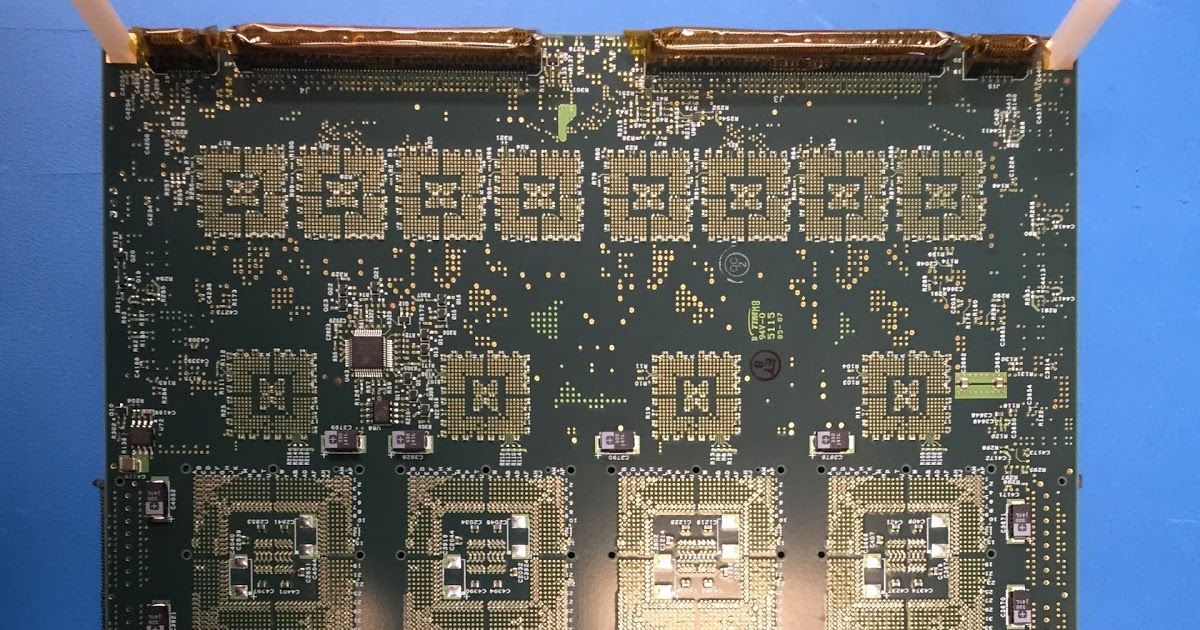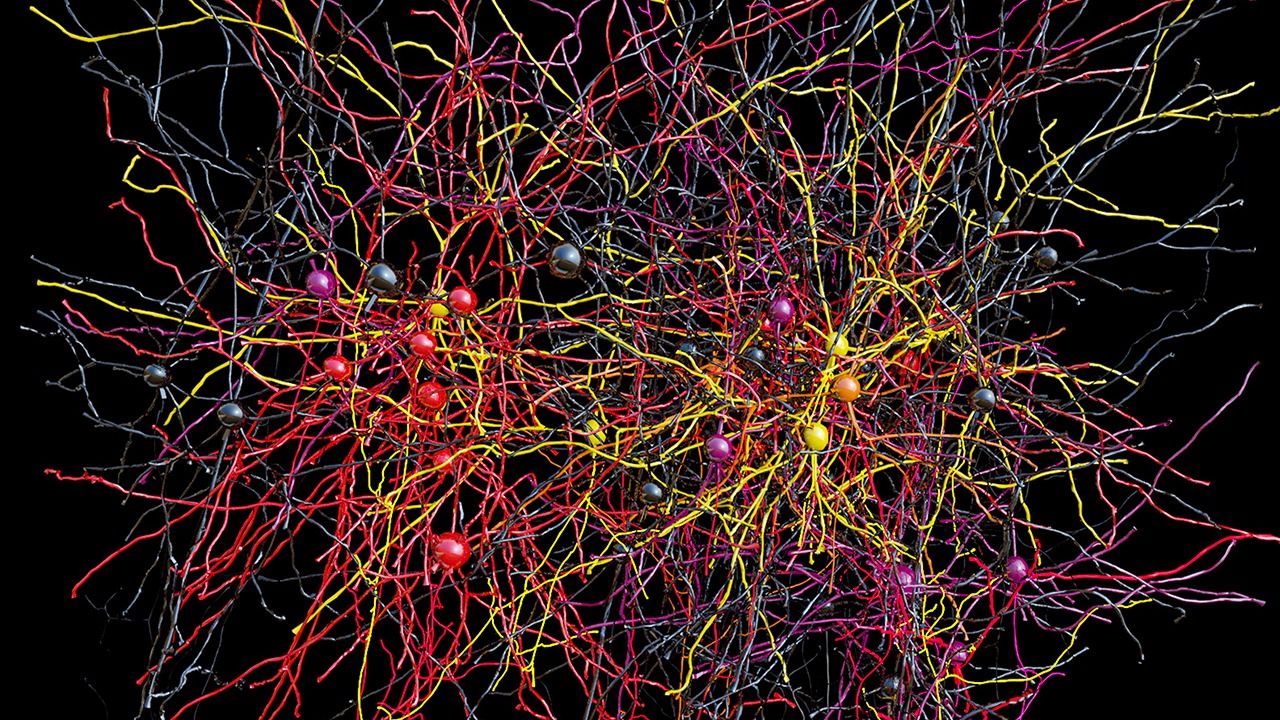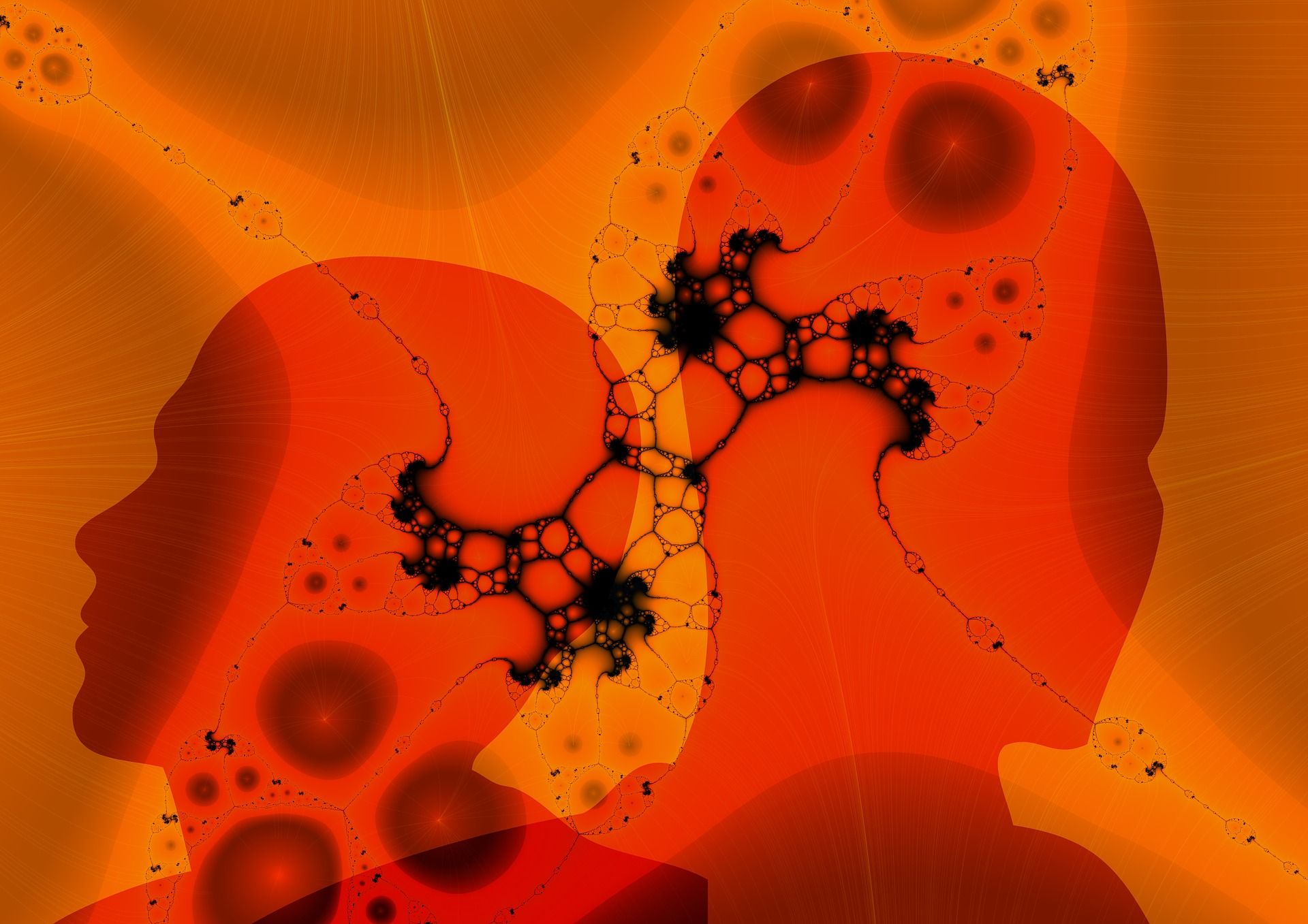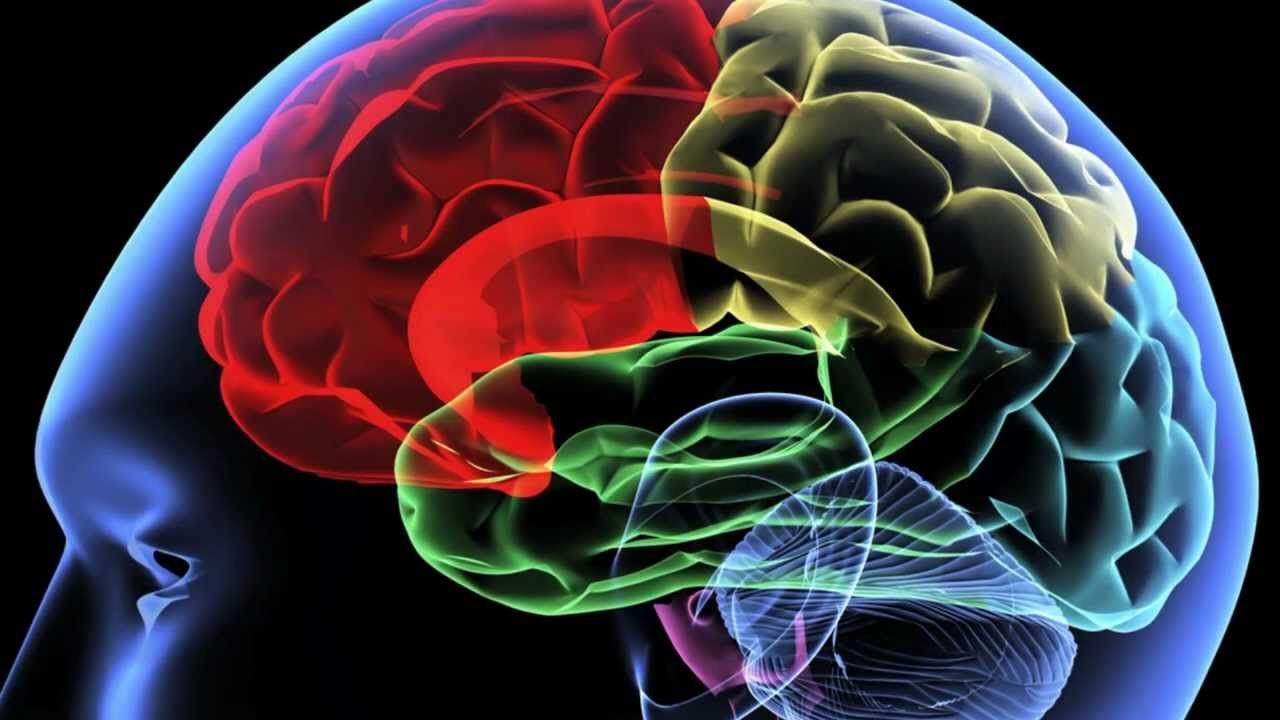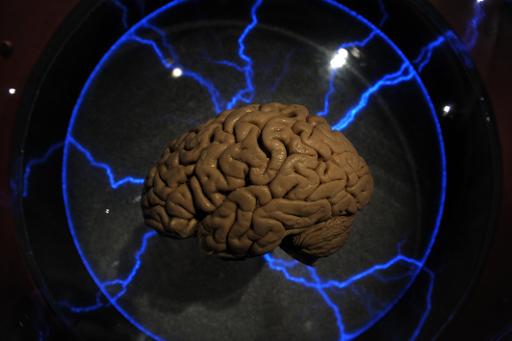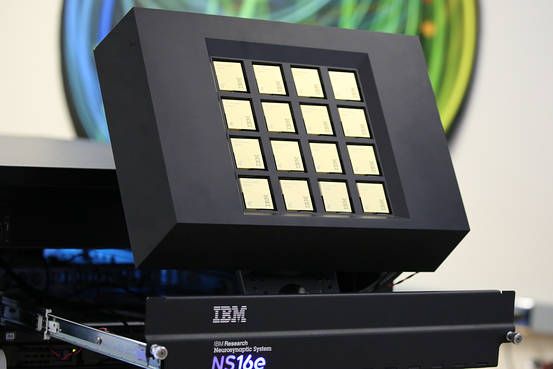Apr 1, 2016
Researchers have worked out how to mind control cockroaches
Posted by Amnon H. Eden in categories: engineering, neuroscience, robotics/AI
In a video presented at IEEE Robotics and Automation Society’s annual conference, Chinese engineering students guide a living cockroach along S-shaped and Z-shaped paths using brain-to-brain interface: a bluetooth electroencephalogram (EEG) headset, translated and wirelessly sent to an electronic backpack receiver attached to the cockroach. The electrical impulses then stimulated the antennae nerves of the cockroach through a microelectrode implanted into its head. Watch the video released:
(Announced 16 June 2015 but only just came to our attention. And no, this is not April Fools post.)




